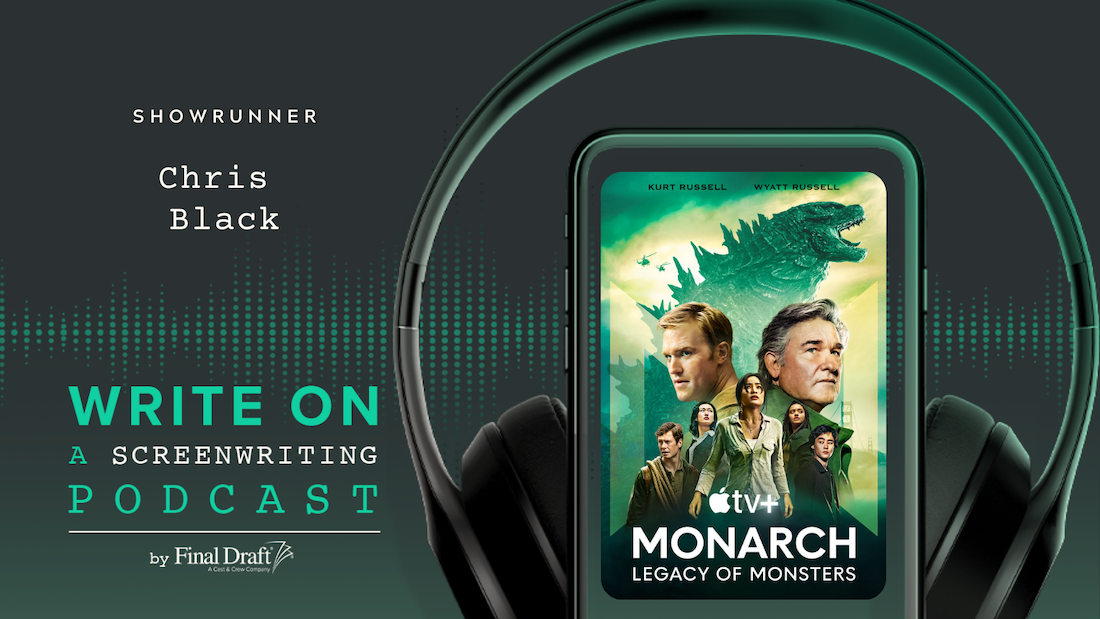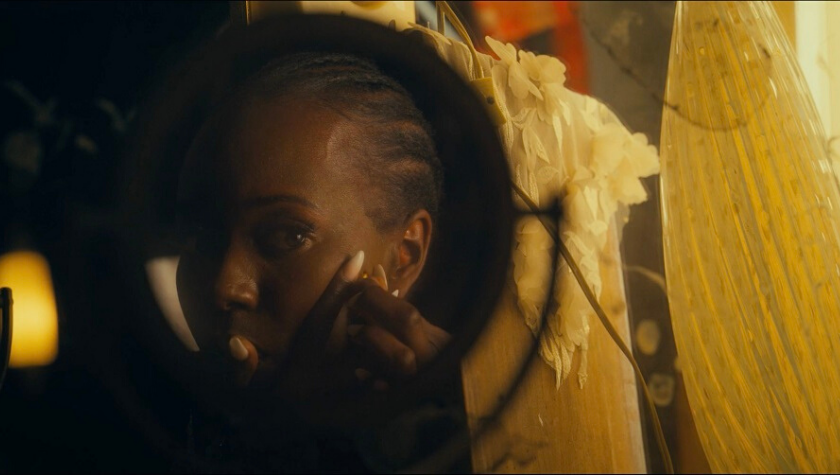5 Screenwriting Takeaways: ‘Lovecraft Country’
September 2, 2020
Right from the first few frames of Lovecraft Country, we know this is no ordinary story. We also simultaneously know this is a story of the American dream, so often broken before it can even get started. Atticus Freeman, aka Tic (played by the steadfast Jonathan Majors) recalls his time serving as a Black man in WWII, killing the enemy before him, until it’s revealed his fellow man is not his only enemy—Freeman’s world is also populated with physical monsters sprung from identifiable and not-so-identifiable places.
But most crucially what creators Misha Green and Jordan Peele have put forth is the not so subtle message that the worst monster of all, is racism. That said, each episode is couched in a great deal of sci-fi mythology, often inspired by sci-fi writer H.P. Lovecraft’s strange creations that were popular in the same time period of the show. Lovecraft, while indeed an inspiration of the sci-fi craft, was himself a not so subtle racist in his writing. Regardless, Tic Freeman and his Uncle George (Courtney B. Vance) are avid readers of his novels.
Lovecraft once said, “The oldest and strongest emotion of mankind is fear, and the oldest and strongest kind of fear is fear of the unknown.”
For Tic and his cohorts who set out across an extremely segregated America in search of his missing father, unknown fear is around every corner. Will the waiter in the diner be a friend or foe? Is a mansion with all the trappings a place of refuge or destruction? And, even more simply, can a Black woman in Chicago own a house on the white side of town? The ability to introduce tough conversations more freely, tied thematically to fictional monsters of the screenwriter’s wildest dreams, is perhaps the best part of writing with a sci-fi lens.
*WARNING: Spoilers Ahead!*
- Formless Monsters Make For Excellent Allegory. Lovecraft often wrote of formless monsters that could shapeshift, and while Lovecraft Country is doing an excellent job of bringing these formless creations to life, the tangible sci-fi monsters are not always the point. In episode 1, our heroes are attacked by the shoggoth. Tic dubs them as blobs with many eyes. They are terrifying, but the more terrifying monsters in this episode are the Sheriff and his posse ready to bust Tic and his crew for being out in a Sundown Town after dark. That said, by introducing monsters more terrifying than the police—monsters who quickly start possessing the force with their vampiric attacks—the show was able to offer Tic screaming the cathartic line, “Shoot the motherfucker!” after the men in blue transform into literal bloodthirsty monsters.
- When Time Is An Idea, Use It To Your Advantage. By episode 3 of Lovecraft Country, the audience is tipped off that time travel is possible in this universe. And if 2020 has taught us anything, it’s that history repeats itself. Lovecraft Country seems to be astutely aware of this fact as modern music plays over period piece scenes, often discombobulating the audience and sometimes making them forget that the show is not exactly of the now, even though it feels like it could be. Additionally, the writers lift novelist James Baldwin quotes directly, and his inspired voice serves almost as an omniscient narrator giving voice to voiceless travelers for whom the simple act of traveling in segregated America was both dangerous and heroic.
- Don’t Be Afraid To Let Your Monsters Cross Genres. When our heroes get into hot water in the pilot, a white savior appears. Rudyard Kipling coined the phrase “white savior” back in 1899, and the trope has been used in TV and film ever since. When Tic and company’s car is totaled, Christina Braithewhite is there to rescue them. Albeit it is instantly clear she is no ordinary white savior, as her car remains unscathed, and once back at Christina’s home to recover, the group soon learns that Christina is no savior at all. In fact, perhaps creators Peele and Green are instead embracing the Blaxploitation trope of a white devil as Christina definitely fits the bill.
- Setting As Symbolism. Lovecraft Country beautifully uses its settings symbolically. In the first episode, Tic and Leti (Jurnee Smollett) are trapped in a cabin with no escape. It’s hard not to wonder if the cabin was meant to conjure Harriet Beecher Stowe’s Uncle Tom’s Cabin. In episode 2, a mansion quickly becomes a prison for our heroes, and the group muses aloud if the idea is to keep them trapped inside. In episode 3, when Leti has designs to create a safe haven in Chicago for Black boarders in her new home, she inadvertently conjures spirits from bygone years. Each space both envelopes sci-fi tropes while also offering a space to examine more literal barriers for the show’s lead characters.
- Reclaiming the Narrative. There is much discussion of sci-fi narrative in the film, and the creators do not take any qualms in examining Lovecraft’s past, while also cleverly weaving his work into the story. It is no mistake that Lovecraft’s work leads our heroes to harm. Early in the pilot, Tic relays a story of how much his father disliked his passion for Lovecraft’s stories. He revisits the book his father loathed, The Outsiders and Others, and takes note of the publisher on the spine: Arkham, the place he believes his father went. Albeit, the creators rename the location of Lovecraft Country to Ardham—a place where Tic literally gets to tear down the walls on a genre that was not always accessible, or kind, to Black culture.
Final Takeaway: Lovecraft often examines portals to Hell in his work, and because he mostly implied terrifying monsters of your darkest nightmares, the material is rife to project the clever, socially conscious horror Jordan Peele has come to be known for onto this suggestive work that deeply needed reclaiming. In a show that constantly begs the question: Which human is a monster, and which human might actually project decency? It’s worth a revisit of sci-fi tropes for any fan of the genre looking to wrap difficult social conversations into thematically horrific supernatural fantasy.
Written by: Lindsay Stidham
Lindsay holds an MFA in screenwriting from the American Film Institute. She has overseen two scripts from script to screen as a writer/ producer. SPOONER, starring Matthew Lillard (SLAMDANCE), and DOUCHEBAG (SUNDANCE) both released theatrically. Most recently Lindsay sold PLAY NICE starring Mary Lynn Rajskub. The series was distributed on Hulu. Recent directing endeavors include the Walla Walla premiering (and best screenplay nominated) TIL DEATH DO US PART, and the music video for Bible Belt’s Tomorrow All Today. Lindsay is currently working on an interactive romcom for the production company Effin' Funny, and a feature film script for Smarty Pants Pictures. Lindsay also currently works as an Adjunct Screenwriting Faculty member at USC’s School of Cinematic Arts. You can follow her work here: https://lindsaystidham.onfabrik.com/- Topics:
- Discussing TV & Film




